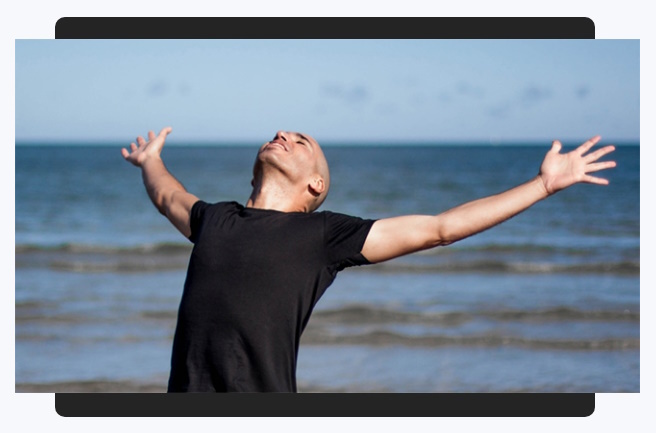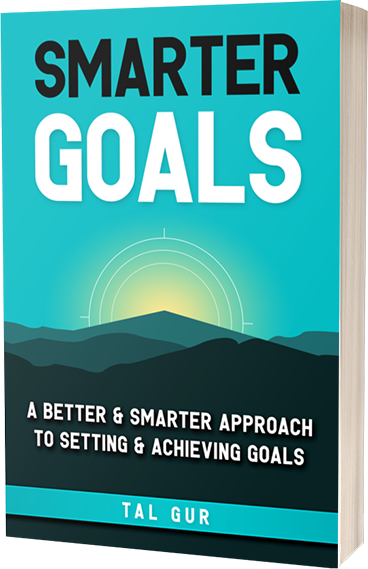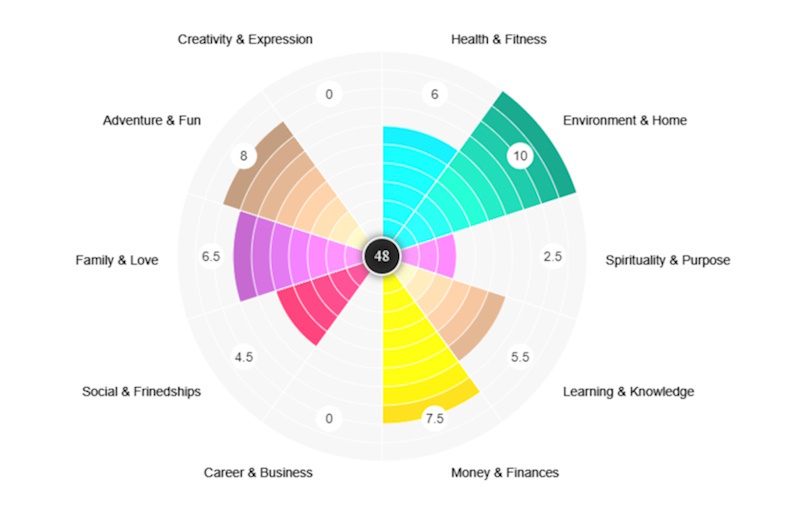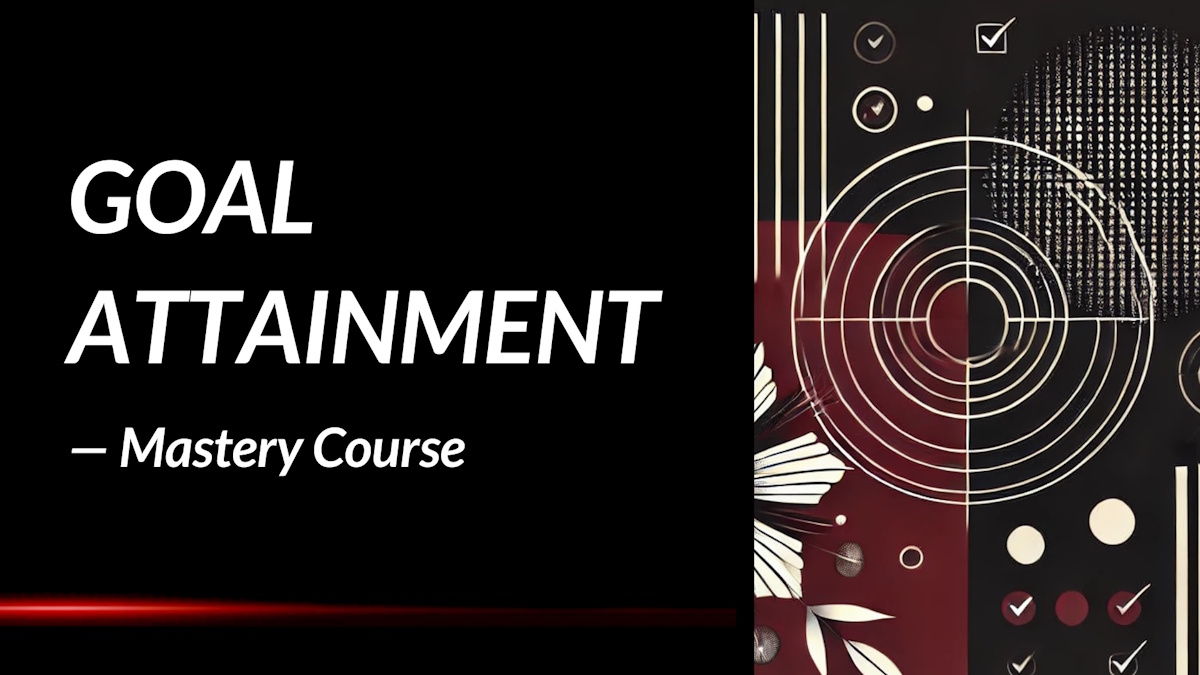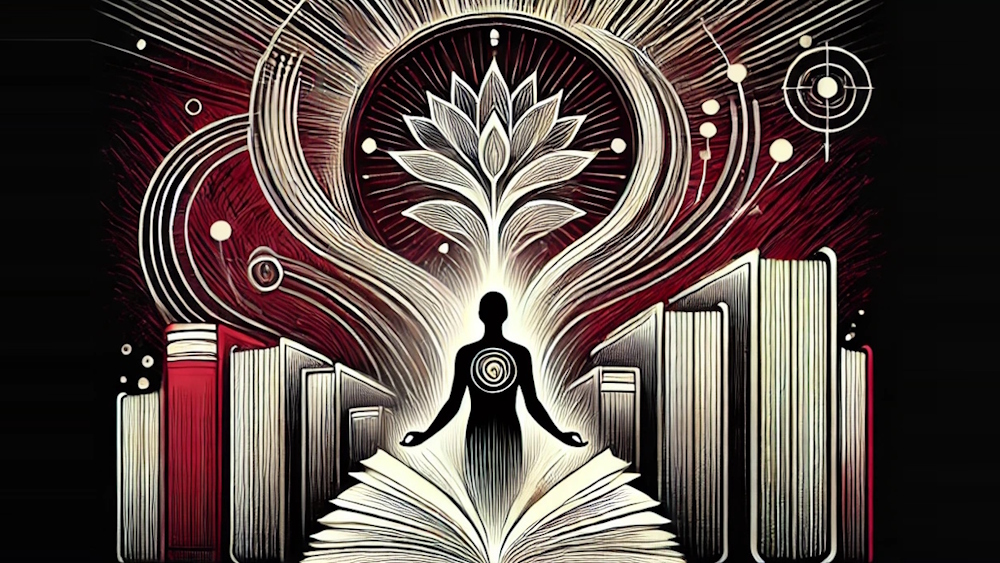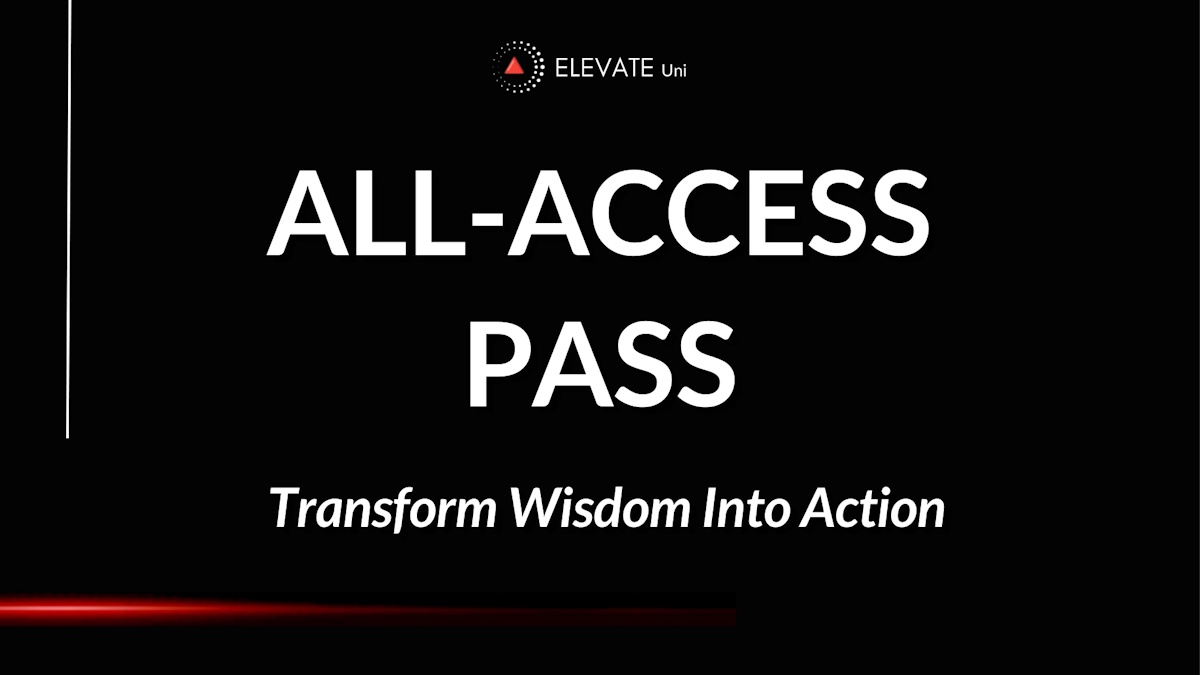Don’t try to be the Buddha. Just stop being what you’re not.
We spend so much of life trying to become something. Trying to fix ourselves, improve ourselves, prove ourselves. We chase ideals, we mimic those we admire, and we carry around a quiet pressure to be more than we are—more spiritual, more peaceful, more successful, more enlightened.
But here’s something most of us miss: maybe the path isn’t about becoming more. Maybe it’s about becoming less—less of what we’re not.
“Don’t try to be the Buddha. Just stop being what you’re not.”
It sounds simple, even dismissive at first. But look again. There's a quiet revolution in those words. A reversal of the whole self-improvement game.
The Buddha isn’t some far-off figure we’re meant to imitate. He represents what’s already possible when we stop pretending, stop performing, stop holding up the masks we’ve worn for so long we forgot they were masks. We’re not meant to climb toward some flawless version of ourselves. We’re meant to peel back the layers until what’s real remains.
Trying to be the Buddha is exhausting. You end up monitoring your every reaction, measuring your every word, judging your every flaw. You build another ego around your lack of ego. But what if you let go of all that effort? What if you simply stopped feeding the habits and identities that don’t feel true?
It’s not about sculpting a perfect statue. It’s about letting the unnecessary fall away.
Imagine a block of marble. Inside it, there's a form—something whole and beautiful that already exists. The sculptor’s job isn’t to create it, but to reveal it. Not by adding, but by chipping away.
That’s what this path is. It’s not about striving upward but uncovering downward. Not about stacking qualities onto yourself like spiritual trophies, but letting fall what was never yours to carry.
A practical way this shows up: Think of the pressure to always be calm. In spiritual circles, calm is often held as a virtue. But trying to appear calm, when you're not, only adds another layer of tension. It makes you feel like a fraud. You suppress your truth to fit the image of someone who’s “got it together.”
Now imagine instead that you allow your anger, your sorrow, your doubt to be felt—not indulged, not denied, just seen. No story. No shame. No defense. Just you, being real in that moment. Something softens. Something pure breathes beneath the noise. That’s the you beneath the mask. That’s closer to what people call awakening.
Because the real you doesn’t need to be enlightened. The real you already is, beneath all the noise. It's the pretending that dims the light, not the lack of it.
The irony is, when we stop trying to be someone—especially someone "spiritually advanced"—we start acting from a deeper place. Our kindness becomes natural. Our presence becomes full. Our actions align not because we force them, but because they emerge from clarity, not confusion.
This isn’t a call to abandon growth. It’s a call to grow in the right direction—toward your truth, not toward some perfect persona. The work isn’t to reach higher, it’s to return home. To the place in you that was always enough.
Let the striving settle. Let the image crack. Let the effort drop for a while.
You don’t need to become a Buddha. You just need to stop being what you’re not. And in the stillness that follows, something quietly sacred begins to shine through.
It always has.
Chief Editor
 Tal Gur is an author, founder, and impact-driven entrepreneur at heart. After trading his daily grind for a life of his own daring design, he spent a decade pursuing 100 major life goals around the globe. His journey and most recent book, The Art of Fully Living, has led him to found Elevate Society.
Tal Gur is an author, founder, and impact-driven entrepreneur at heart. After trading his daily grind for a life of his own daring design, he spent a decade pursuing 100 major life goals around the globe. His journey and most recent book, The Art of Fully Living, has led him to found Elevate Society.




